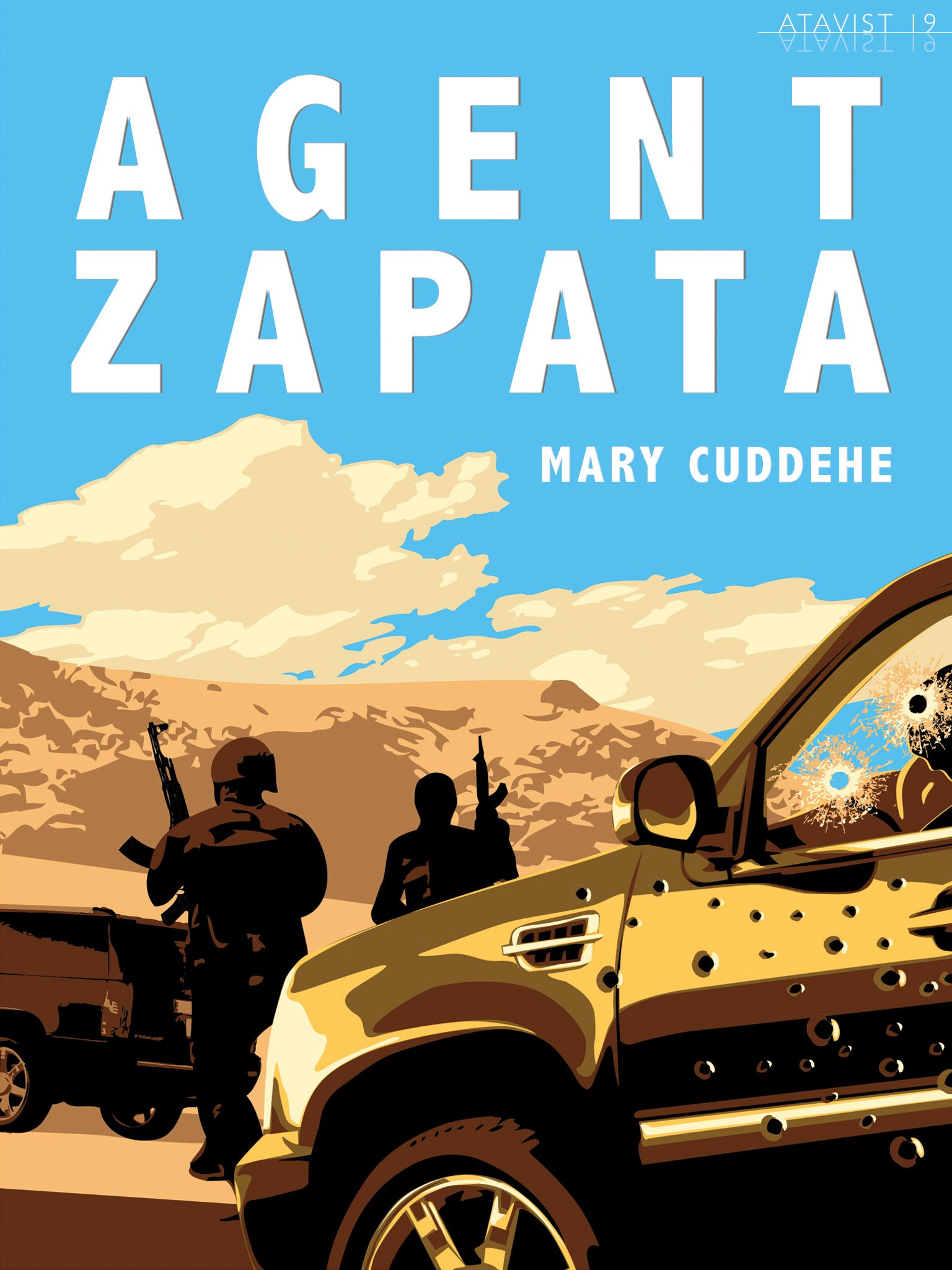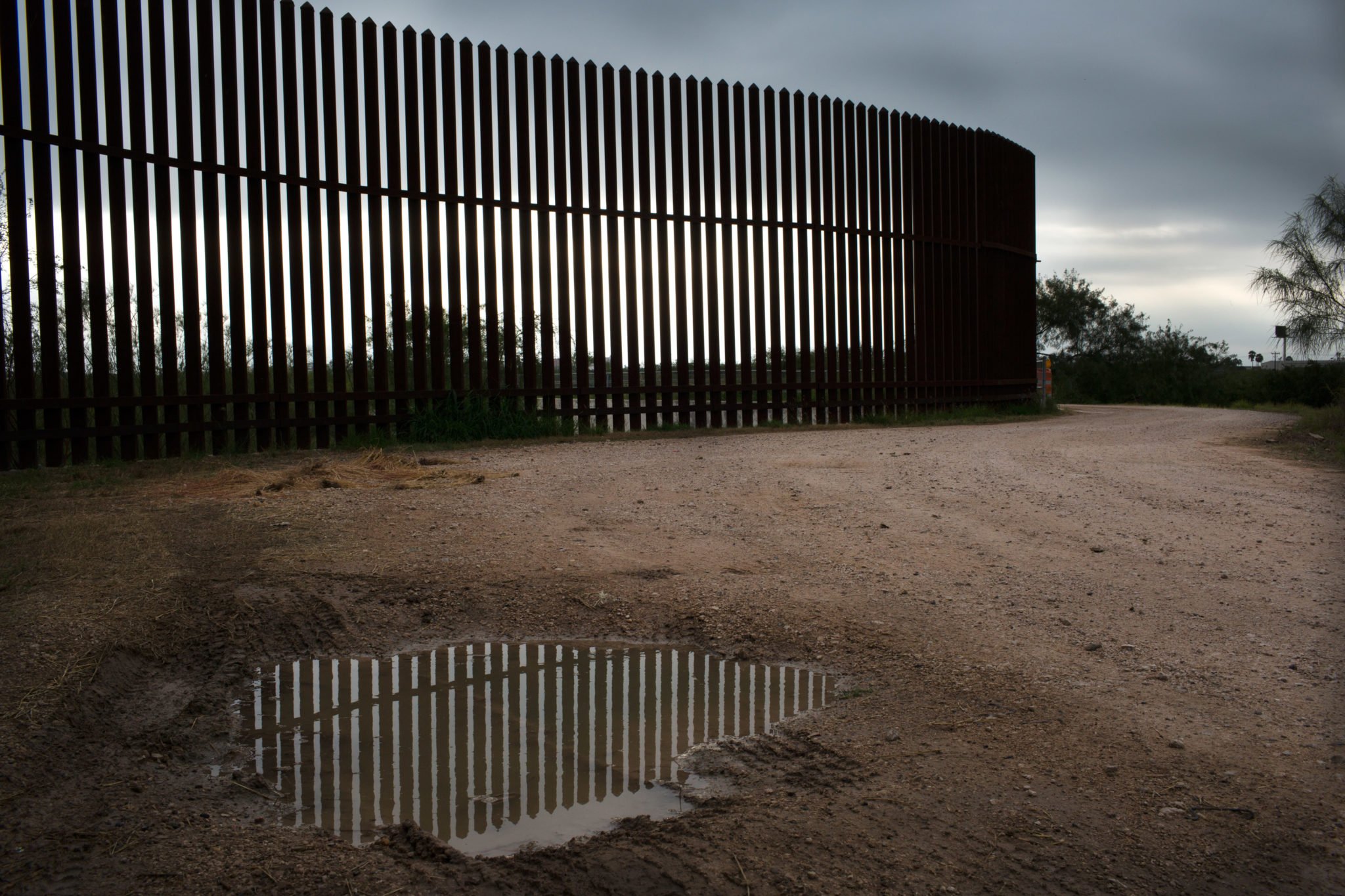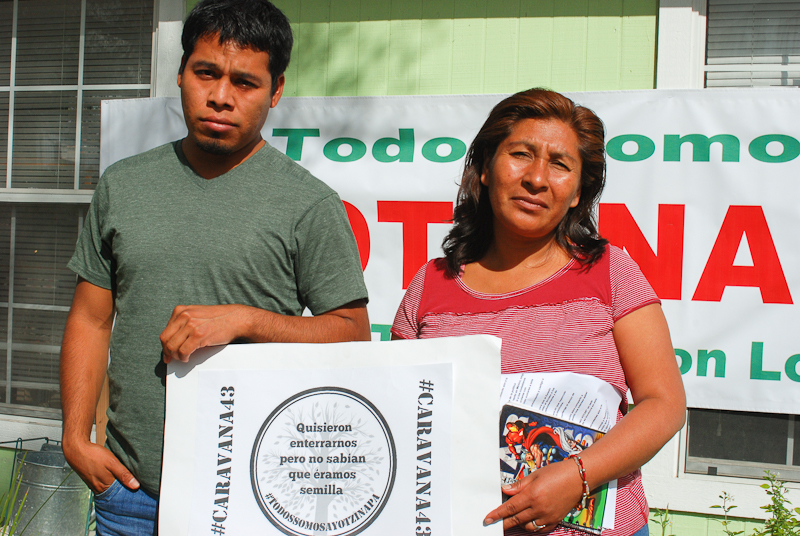Q&A with Mary Cuddehe, Author of a Probing Investigation into the Death of Jaime Zapata

On February 15, 2011, ICE agents Jaime Zapata and Victor Avila were ambushed by gunmen on a Mexican highway. The 32-year-old Zapata died that day but Avila, who was injured, survived. That much is certain about the fateful event.
 To this day, however, Zapata’s family and Victor Avila still don’t understand why they were sent, unescorted, to San Luis Potosi into territory controlled by the brutal Los Zetas drug cartel. As the months progressed after the fatal ambush, media reports revealed disturbing details about weapons bought in the U.S. and traced to the shooting. Now, Zapata’s parents in Brownsville wonder whether the gun that killed their son was part of a botched U.S. Bureau of Alcohol, Tobacco, Firearms and Explosives gun-walking operation called Fast and Furious, which allowed hundreds of guns to be trafficked into Mexico.
To this day, however, Zapata’s family and Victor Avila still don’t understand why they were sent, unescorted, to San Luis Potosi into territory controlled by the brutal Los Zetas drug cartel. As the months progressed after the fatal ambush, media reports revealed disturbing details about weapons bought in the U.S. and traced to the shooting. Now, Zapata’s parents in Brownsville wonder whether the gun that killed their son was part of a botched U.S. Bureau of Alcohol, Tobacco, Firearms and Explosives gun-walking operation called Fast and Furious, which allowed hundreds of guns to be trafficked into Mexico.
New York-based writer Mary Cuddehe is, to my knowledge, the first to take an in-depth look into Zapata’s fatal shooting and its aftermath, in a story released today by the digital publishing house Atavist. Through extensive interviews, reporting and travel from violence-torn Nuevo Laredo to Zapata’s hometown of Brownsville, Cuddehe pieces together a compelling and heartbreaking story of a family devastated by the loss of their son and a government unwilling to give them answers that will help them find peace.
Atavist was kind enough to share an excerpt of “Agent Zapata” with the Observer. As someone who follows events along the U.S-Mexico border closely, I was intrigued to finally see an in-depth piece about this puzzling and tragic murder. Naturally, I had a lot of questions for Cuddehe about her reporting. Following is our conversation about her really excellent story—for a couple dollars, you can download the entire story to your mobile device or computer. You can read an excerpt from “Agent Zapata” here.
Observer: Why did you decide to write this story?
Cuddehe: One day in a conversation with Evan Ratliff, the editor of Atavist, he mentioned that he’d never seen a big piece on the Fast & Furious operation. I had lived in Mexico for a couple of years, and I remember the attack (on Zapata) very well but I hadn’t followed the story very closely. So when I started doing the research into Fast & Furious I found myself drawn into the mystery.
Observer: At one point in your story you write that it’s a wonder that something like what happened to Zapata doesn’t happen more often. Could you explain this further?
Cuddehe: It’s striking to me given the presence of U.S. law enforcement in Mexico in recent decades, which has grown. There are such close relations between the U.S. and Mexico, and given the unique role of U.S. law enforcement (in Mexico) it is almost surprising that this hasn’t happened more often. But everyone I talk to says there’s this agreement that it’s ‘hands off’ on American law enforcement in Mexico.
Observer: I’ve heard that often as well. But do you think that agreement still holds? Because pretty much everything has changed in Mexico with regards to who is off-limits.
Cuddehe: That was a question people were starting to ask after the attack on Zapata. And then there was the attack on the CIA agents (in Mexico). It remains to be seen, but it does seem like all bets are off.
Observer: Typically, it’s very difficult to get any information from U.S. Immigration and Customs Enforcement. You got pretty amazing access to the ICE agents who worked with Zapata for your story. Was it difficult to get that access?
Cuddehe: It’s so funny that it seems like great access because I was so frustrated doing the reporting for the story. Basically, I just showed up at the (ICE) headquarters. They had a bust unveiling for what would have been Jaime’s 34th birthday. I had already been talking to Jaime’s parents and they told me about it. It was a quasi-public thing so I was able to get in and while I was there I hung around and waited until I could talk to people. It’s much more difficult to say no to someone in person. Just because of that, I was able to speak to the agents. But they didn’t really say anything. It was amazing to be in the building and talking to people, but on the other hand it was ridiculous because I didn’t really feel like I was getting anything.
Observer: You got more from the ICE agents than many reporters normally get.
Cuddehe: I had been calling them over and over and not getting anywhere. So it was just me being relentless. Driving to Texas and not taking no for an answer.
Observer: And you had to get permission from their supervisor.
Cuddehe: I was surprised when he gave me permission. And that’s been one of the interesting tensions of this story. On one hand the agency has been really great with the family and done their best to honor him with ceremonies but at the same time they’re not giving the family the answers to the questions that they seek.
Observer: I’ve never seen such a detailed account of the actual ambush and shooting. How did you get your information?
Cuddehe: Most of the information comes from interviews I did with Victor Avila’s sister. He is the only witness, obviously, other than the men who allegedly took part in the attack. So I had to trust his sister’s narration of the events. Victor Avila hasn’t given an interview since the attack. I also read some reports that had statements he’d given that afternoon of the attack but it wasn’t very detailed.
Observer: One of the big looming questions in your piece is the motive for the shooting. Why did it happen?
Cuddehe: I did my best in the story to lay out the different possibilities. My suspicion is that the attack happened initially because they did really think the people in this fancy SUV were rivals from another gang. Maybe they got going and realized they weren’t dealing with the Gulf Cartel but figured they’d finish what they started. That to me seems like the likeliest thing. But we may never really know the answer.
Observer: And are there still doubts that the people in jail in Mexico for the crime may not have done it?
Cuddehe: Well, that’s a given with any arrest in Mexico. That there’s going to be some scrutiny and questioning of the validity of the arrests. But the people I’ve spoken with seem pretty confident that they have the right people.
Observer: How is Jaime Zapata’s family doing after his death?
Cuddehe: The scrutiny and intense media interest and the way its been politicized has made the grieving process unusually arduous for them. But the last time we spoke they seemed to be looking for closure so they could move on.
Observer: What would be closure for them?
Cuddehe: That’s the interesting thing about this story. It has evolved for them over time. The questions around the case have become more complex. I think they would like to know why was Jaime sent to San Luis Potosi? They still haven’t even seen the autopsy report. There are still so many basic questions about what he was doing and why he was sent that they haven’t been able to get answers too. And I think some of those answers would help them move on.
Observer: What was the most puzzling thing about the story for you? What questions are still pending?
Cuddehe: There were so many questions. Initially, I spent a lot of time trying to find out what Jaime’s mission was in Mexico City and never got answers to that. I wasn’t able to ever get an interview with ATF. It still seems odd that ICE wouldn’t give any info about what Jaime was doing in Mexico City.


